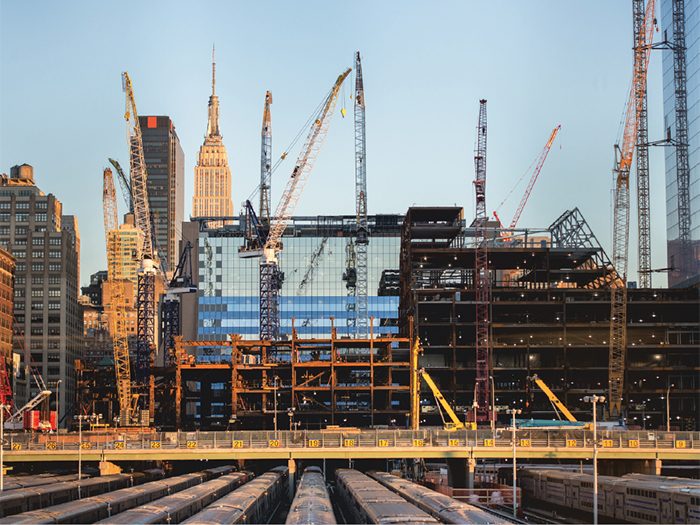Construction Defect Claims: How to Break Them Down and Resolve Them

Construction defect claims and cases are scenarios wherein physical loss or damage is claimed to be related to defective building elements that will require repair or replacement.
Typical defect claims and cases will involve exterior building enclosures or the building structure. However, it is important to note they can also include other building systems such as electrical, mechanical or plumbing.
The cause of a defect can be related to design, use of incorrect or unapproved materials, defective materials, improper techniques, improper installation or poor workmanship.
In addition to repair or replacement of the defective building elements, the extent of the claim will likely involve repairs to other building elements that have been impacted by the defective elements or which will be impacted by the replacement or repairs.
Analysis of Construction Defect Claims
The proposed repairs to correct defective conditions can be extensive, including the replacement of the complete exterior enclosure system of the building (windows/glass, stucco, brick, etc.) and in some cases demolition and replacement of the entire building.

Jim Borders, managing director, Risk Practice, J.S. Held’s Builder
In many cases, inspections and/or tests have been performed at representative locations to determine the extent, if any, of the defect and resultant damage. The claimed defect should be supported by detailed engineering analysis as a basis for any failures related to the defects that have occurred.
The construction defect claims typically also include a repair estimate which should be supported by detailed quantities and unit prices. The basis for timing or age of the defect (or statute of limitations) can vary based on the location/state.
Depending on the defect issue and the claimed extent of damage, the construction defect claims can be quite broad and extensive, but the analysis of most defect claims will include an investigation of the defects and an analysis of the claimed costs.
Investigation
To properly review exterior construction defect claims, there are several parts of the claim that require thorough investigation. These key parts of the investigation include:
- Verification of engineering basis for claimed defect, including cause of the claimed defect and original construction documents (if available). The investigation should also be conducted with an understanding of the construction techniques and industry standards that were acceptable during the timeframe in which the building elements were installed.
- Inspection of the physical conditions may be required to verify original construction materials and methods of construction when construction documents are not available or lack sufficient detail.
- Determination of the extent of the defect. Is it limited in its scope or are the defects widespread? Can defective parts be traced to defective batches and isolated to specific locations in the building? This portion of the investigation may include non-destructive investigation, destructive investigations, in situ testing of materials, and testing of removed materials.
Cost Analysis
In order to perform an analysis of the (estimated?) cost to mitigate the defect and damages, the following steps are typically performed:

Granger Stuck, executive managing director, Risk Practice, J.S. Held’s Builder
- Verify proposed repair scenarios, including potential code upgrades, betterments, or repairs to elements that were not investigated/tested.
- Verify repair estimate quantities for each element of the repair scope of work.
- Verify repair estimate unit prices, markups, and contingency (if applicable).
- Verify possible alternative reasons for the condition of the claimed defective elements including poor workmanship or lack of (or improper) maintenance and allocate those costs accordingly.
Additional Considerations
In some cases, if the engineering verification of the claimed defect results in a different or abbreviated repair scope of work, an independent repair estimate may be required to reflect this alternate scope of repairs.
If singular or multiple policy periods are related to the defect damage in question, an allocation of the repair costs related to the specific time period(s) may be required.
In the cost analysis of the claim, it is also important to consider segregating (into individual buckets) the costs for repairing defects, resulting damages, repairs related to betterments, code upgrades, industry standard upgrades, and repairs related to typical building maintenance.
Consider replacing with like kind and quality where possible; however, newer methods may be more cost effective even though they may otherwise be considered betterments.
Construction defect insurance claims require investigative and design data to allow for proper estimating.
The scope of repairs should be reviewed in detail to account for any betterments or upgrades in the proposed repair work. Detailed repair quantities should be developed in order to validate the amount of work for each repair element. &










